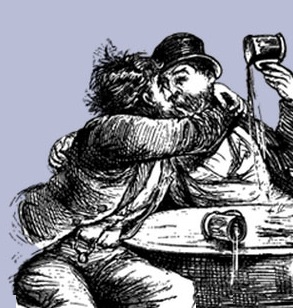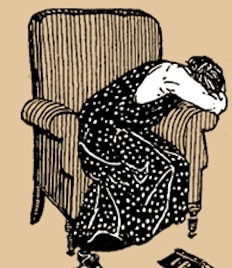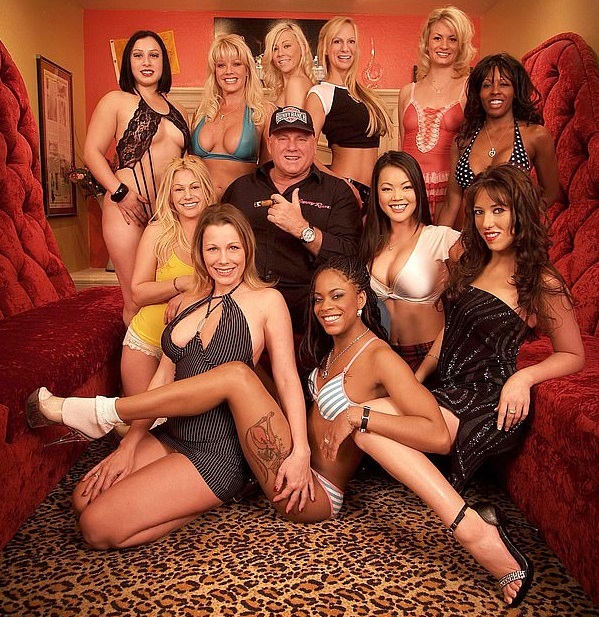From Reader Brad_In_IL comes this excellent rant / exposition:
Kim,
I’m certain that you recall my pistol-caliber carbine dilemma from a few months ago.
Well, I thought about all the comments, tightened my belt, increased my budget and purchased the Ruger PC-9 carbine. It’s a fun little rifle, I can shoot it reasonably well and it shares magazines with Ruger’s SR9 series pistols. For your Readers who are Fanbois of Glock 17/19: the carbine ships with interchangeable magazine well inserts allowing it to alternatively run Glock double-stack magazines. Changing to the Glock mag insert takes but a few minutes.
And: Ruger also made the bolt face removable. In the future, if they want to produce variants in .40 S&W or say .45ACP, new bolt face, new barrel, additional mag well inserts, new recoil spring in the blowback system, and VOILA !!! New Rifle !!! Can you tell I’m sold on the concept? Thought so. And how does it shoot? Off-hand at 25 yards, if I do my part reasonably well, it patterns to minute-of-fist with junky “range grade” practice ammo.
Here in IL, the inmates are most decidedly running the asylum. As the progressive political winds of doom grow stronger and the political clouds of doom darken to the point of sack-cloth (re: miserable rich-boi fat-fuck toilet-yanking, property tax avoiding, never-worked-a-day-in-his-life JB Pritzker), I decided the time for a carry piece as a companion to the Ruger rifle was to be the order of the day. Remember from above I mentioned about the carbine sharing magazines? I contacted a buddy of mine with an FFL and procured Ruger’s SR9c compact, giving me…
…wait for it…
[drum roll]
a Gratuitous Gun PAIR !!!
So today I give you the modern version of the paired carbine & pistol, sharing not only ammo, but also sharing magazines. Think of it as the modern incarnation of the Old West cowhand who carried a lever-rifle and revolver chambered for the same ammo.

Also:
A few days ago you put up a post about being angry, and that we’d get more of Classic Kim. Angry? Am I angry with how IL is quickly degrading to be almost Kommiefornia? You bet your pasty-white conservative South African ass I’m angry. The Dem-progs here in ILL-Annoy are driving a once-good state, The Land of Lincoln, down the shit-hole. Those feckless moronic mouth-breathing pension-hoarding troglodytes can suck my gunsmoke all day long, and double on Sunday.
Now… time for me to get BUSY. I’ve got two stripped AR lower receivers sitting on the shelf doing me no good. Time to begin my first AR build, because AR rifles cause the Progs here and everywhere to get a crippling case of the vapors, and because a hearty FUCK YOU to the dem-prog hoplophobes in Springfield, Cook County, Deerfield, Highland Park, Aurora and elsewhere. Buggering sods.
Gah. I need a drink. Now, where did I leave my heirloom rye whiskey?
Now that, my friends, is how to deal with living in a GFW location, i.e. which is not part of the United States — other than leaving it, which I’m constantly nagging Brad to do. And that, too, is a fine rant. (The “miserable rich-boi fat-fuck toilet-yanking, property tax avoiding, never-worked-a-day-in-his-life” appellation is worth the price of admission alone.)
And allow me to be the first to congratulate Brad on his gunny activities. That matched pair is a joy to behold.
Final thought: Is it my imagination, or are Ruger products starting to become more-imaginatively (i.e. better) designed?









